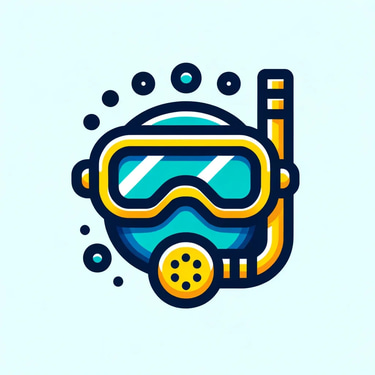How Microplastics Are Infiltrating the Great Lakes
Tiny plastic particles are invading our Great Lakes, threatening wildlife, ecosystems, and even our drinking water. Learn how they get there—and what you can do to help stop them.
PRESERVING OUR GREAT LAKES AND OCEANS


How Microplastics Are Infiltrating the Great Lakes
The Great Lakes hold about 20% of the world’s surface freshwater, so learning that tiny plastic particles are showing up in them is alarming—and heartbreaking. These microplastics (under 5 mm in size) come from everyday sources and have quietly seeped into lakes, rivers, sediments, wildlife, and even drinking water.
How Everyday Plastics End Up in the Lakes
Every time it rains, plastic debris—bottle caps, wrappers, and bags—is washed into storm drains that empty directly into the lakes. Washing synthetic fabrics like polyester releases microfibers that bypass treatment plants and enter the water. Even tire wear, industrial plastics, and leftover microbeads contribute. A 2013 study sampling 21 locations found microplastics everywhere—from Lake Superior to Michigan—averaging 43,000 particles per km², with urban areas like Lake Erie reaching 466,000 particles per km².
Why This Matters: Wildlife and Us
Wildlife mistake microplastics for food, which can block digestion, impact growth, and accumulate toxic chemicals like PCBs. Over time, these particles move up the food chain. Emerging science even points to microplastics in human blood, lung tissue, and placentas—though the long-term health effects are still being studied. Scientists warn that these particles could interfere with cellular and immune functions.
Hope on the Horizon: What We Can Do
Policy and personal action can both make a difference. Illinois, New York, and other regions have banned microbeads. A 2025 International Joint Commission panel recommended calling microplastics a “chemical of mutual concern” to coordinate monitoring across borders. On the individual level, choosing natural fabrics, using microfiber laundry filters, avoiding single-use plastics, and supporting local cleanups all reduce the plastic burden.
Happy and safe diving,
The ScubaBlast Team
Eriksen, M., Mason, S. A., Wilson, S., Box, C., Zellers, A., Edwards, W., Farley, H., & Amato, S. (2013). Microplastic pollution in the surface waters of the Laurentian Great Lakes. Marine Pollution Bulletin, 77(1–2), 177–182. https://doi.org/10.1016/j.marpolbul.2013.10.007 Michigan.gov+6Alliance for the Great Lakes+6Wikipedia+6ScienceDirect+2seagrant.sunysb.edu+2Michigan Public+2sherrimason.com+6PubMed+6Penn State+6
Oosthoek, S. (2023, August 21). Great Lakes microplastics concentrations exceed safe levels for wildlife. Great Lakes Now. https://www.greatlakesnow.org/2023/08/great-lakes-microplastics-concentrations-exceed-safe-levels-for-wildlife/ Great Lakes Now
Fuschi, C. (2022). Microplastics in the Great Lakes: Environmental, health, and policy implications. ACS Sustainable Chemistry & Engineering. https://pubs.acs.org/doi/10.1021/acssuschemeng.2c02896 American Chemical Society Publications
International Joint Commission Great Lakes Science Advisory Board. (2025, February). Microplastics in the Great Lakes: Research summary and policy recommendations. https://ijc.org/en/microplastics-great-lakes
